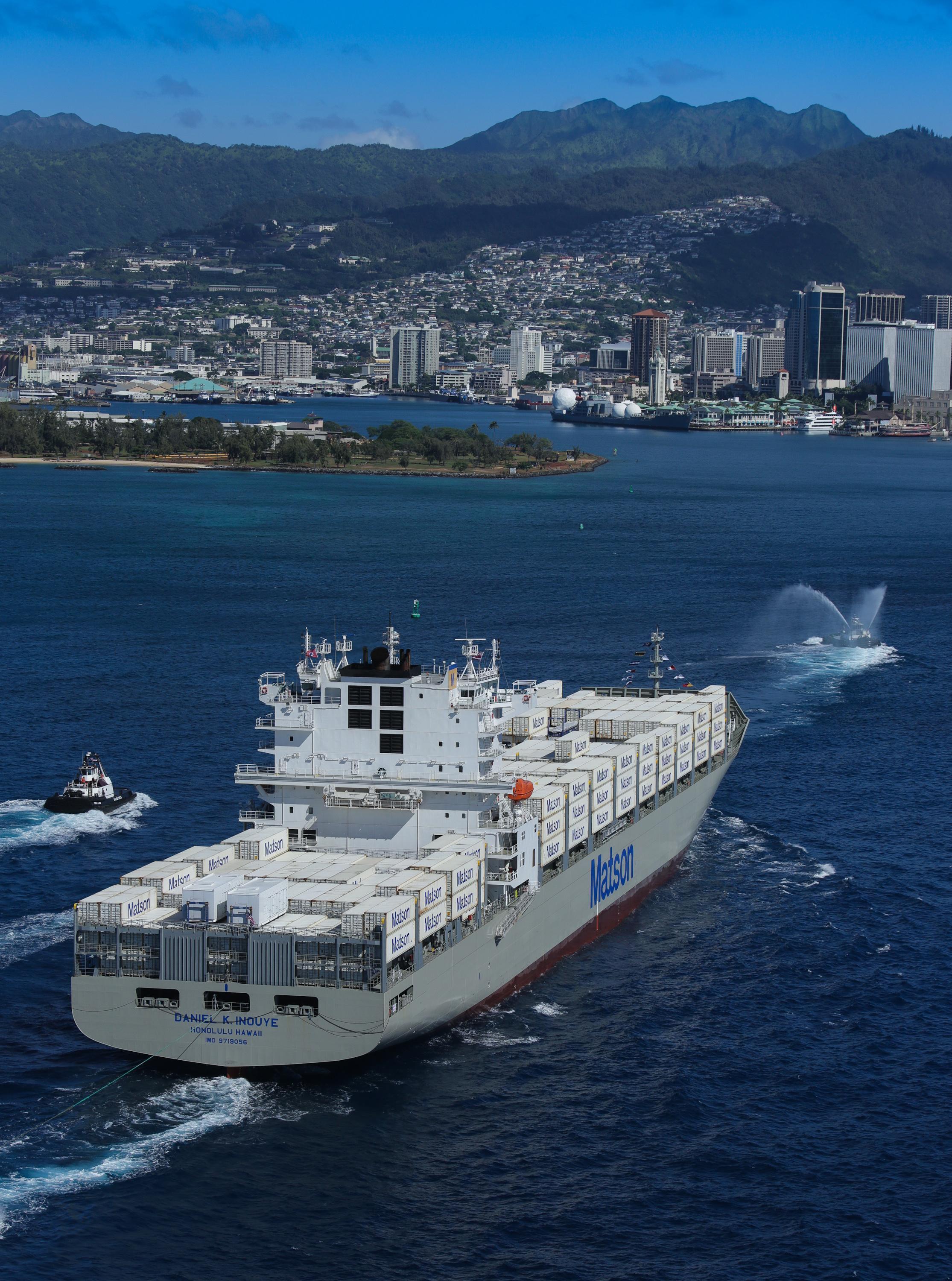Lessons of Pearl Harbor Still Reinforce Need for Maritime Capabilities
The American maritime industry commemorated the 77th anniversary of the Japanese air raid on the United States Naval Base at Pearl Harbor by honoring those who lost their lives on that fateful day, and highlighting the critical need for a robust American shipbuilding capacity to ensure for the preparedness of the nation.
“We honor the fallen at Pearl Harbor, and the other sailors and mariners of the greatest generation who protected our great nation in some of its darkest hours. We are reminded of their service and sacrifice, and their memory lives on in the lifeblood of the American maritime community,” said Matt Woodruff, chairman of the American Maritime Partnership, to which the SIU is affiliated. “The United States is, and always has been, a maritime nation. The lessons from Pearl Harbor remind us in the maritime community that the men and women of the industry play an essential role in helping bolster our nation’s security so we are never forced to rely on foreign countries to build and man the vessels that support our military. Without a robust shipbuilding capacity and merchant marine, America would cede her defense capacity to other nations, and, with it, the sovereignty of the nation.”
To demonstrate the growing strength of U.S. shipbuilding capacity, AMP released new commercial shipbuilding and maritime data, which reveals a vigorous industry that is thriving under a durable economy, signaling strength for our national and homeland preparedness.
The U.S. domestic fleet ended 2018 with a surge in ship construction, including a renaissance in new Jones Act containerships. A sampling of this trend is as follows (a list of vessels built, and currently under construction can be accessed on the AMP website); all vessels are crewed and proudly built by the men and women of American maritime:
• Three new Jones Act containerships were delivered in the last quarter of 2018 alone – that is seven new containerships in the last four years compared to zero between 2005-2015.
• Four new environmentally friendly LNG-powered containerships have been delivered in the past three years to service Puerto Rico. This trade lane from the continental United States to Puerto Rico boasts one of the youngest fleets in the world, increasing the speed of goods and efficiency delivered to and from the island.
• Six new containerships have either just begun service or are expected in the next several years to service the Hawaii trade lane – all LNG-power capable.
• An estimated 125 new inland tank barges will be built in 2019.
• An estimated $1.5 billion will be invested by the American dredging industry in a fleet expansion.
“These vessels are being custom built to meet the needs of the domestic marketplace, and to ensure a shipbuilding capacity that will serve all Americans in our national security preparedness,” said Matt Paxton, president of the Shipbuilders’ Council of America. “When we abandon our commercial shipyards, we abandon our ability to be prepared to defend the nation. We remain committed to constructing the most advanced vessels in the world to protect the brave men and women who risk their lives to protect our borders.”
This commercial shipbuilding surge comes at the same time when the next generation of Navy and Coast Guard fleets are actively being constructed in shipyards along the Gulf Coast and in Norfolk, Virginia.; Portland, Maine; San Diego; and Groton, Connecticut, among other locations.

